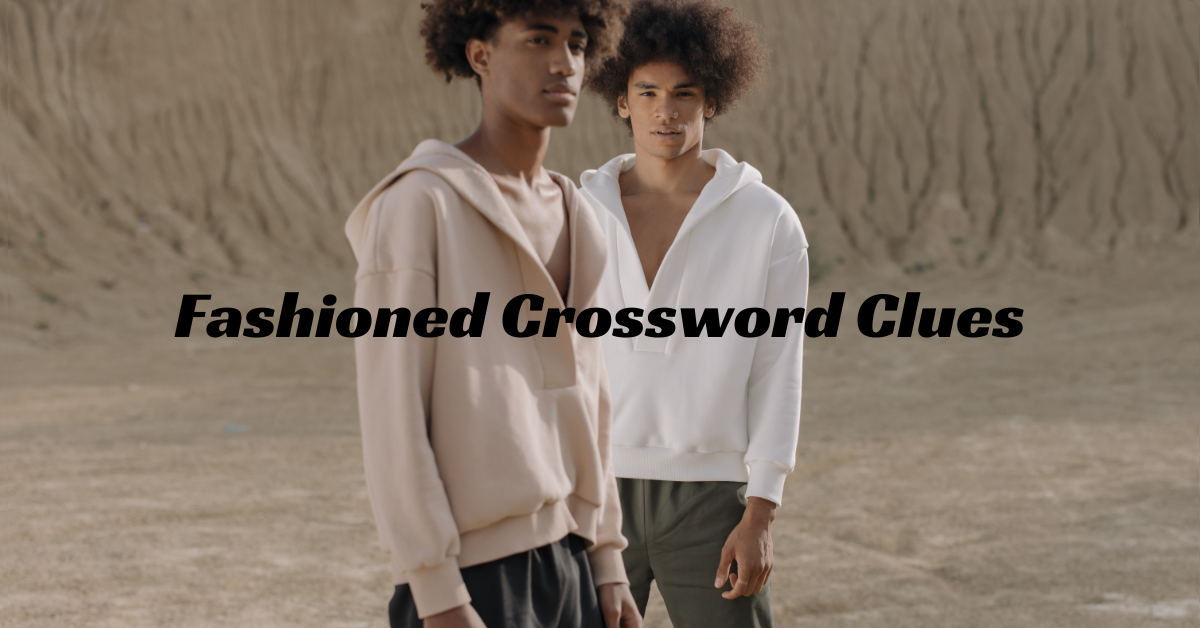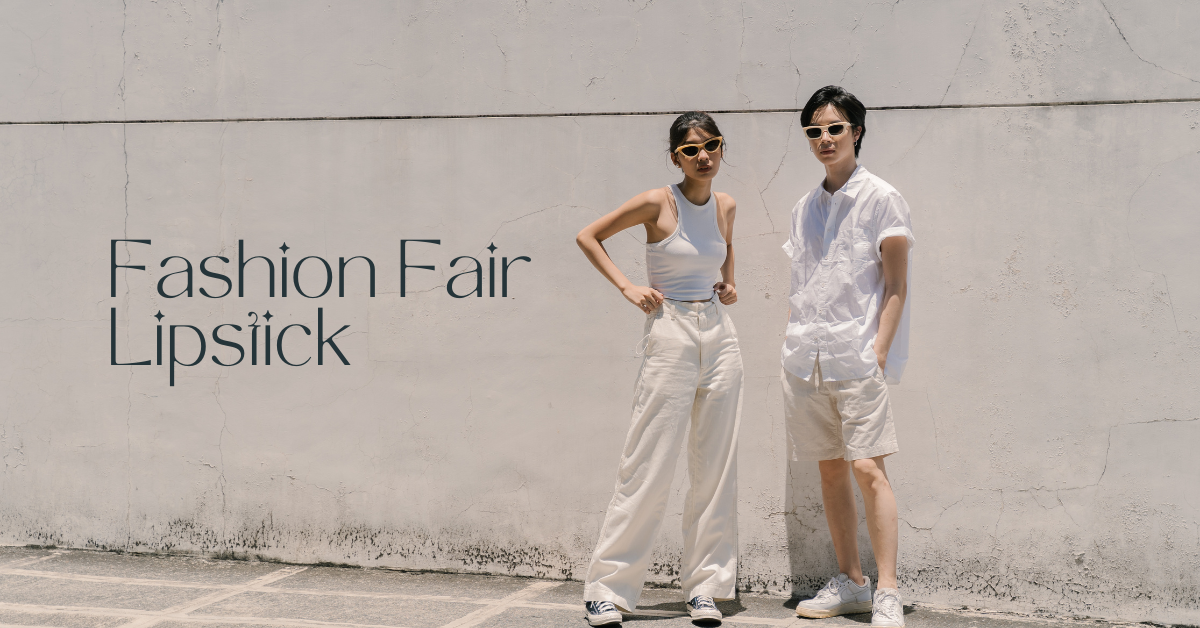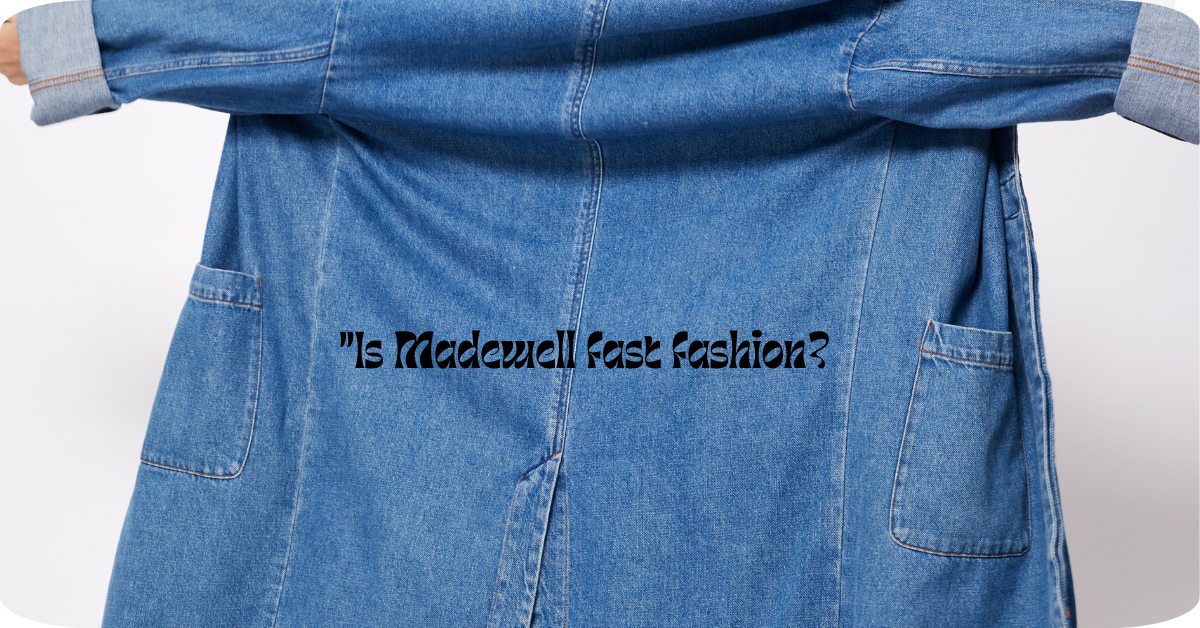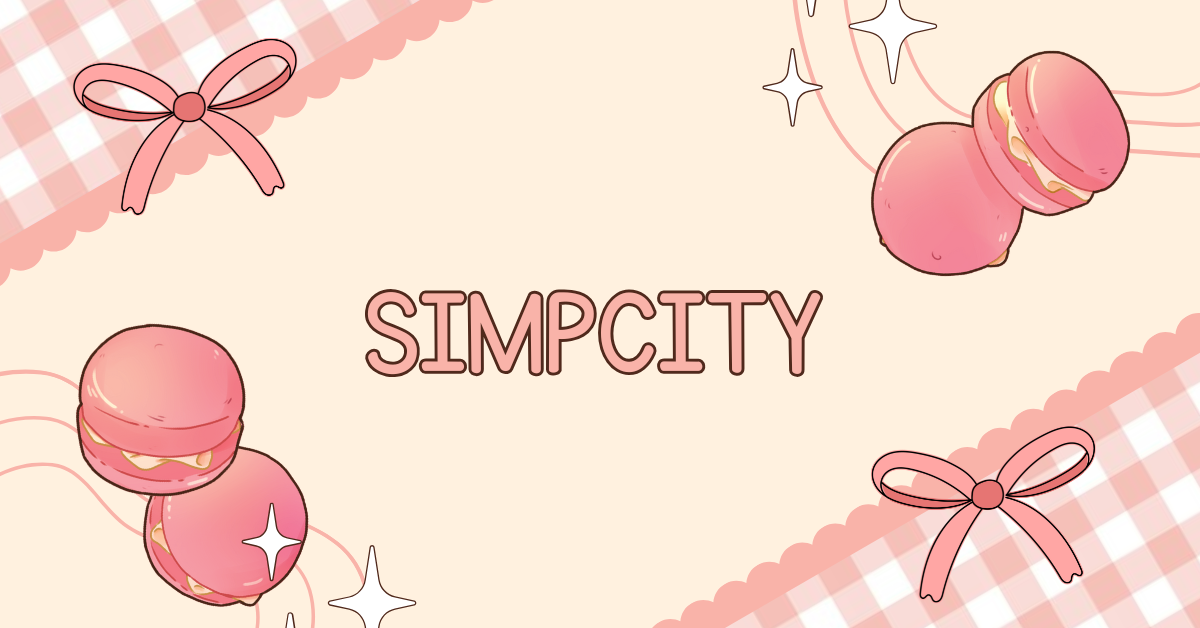Ouji Fashion
Fashion is a universal language, a medium through which individuals express their identity, creativity, and cultural affiliations. Among the myriad of fashion styles that have emerged over the years, Ouji fashion stands out as a unique and captivating trend. Often referred to as “prince fashion,” Ouji fashion is a subcategory of Japanese street fashion that draws inspiration from Victorian and Rococo-era clothing, blending historical elegance with a modern, youthful twist. This style is characterized by its androgynous appeal, intricate detailing, and a sense of regal sophistication. In this extensive article, we will delve deep into the origins, key elements, cultural significance, and practical aspects of Ouji fashion, providing a comprehensive guide for anyone interested in exploring this princely style.
Origins of Ouji Fashion
Ouji fashion, which translates to “prince fashion” in Japanese, emerged in the late 1990s as a counterpart to the more well-known Lolita fashion. While Lolita fashion focuses on a feminine, doll-like aesthetic, Ouji fashion takes inspiration from the clothing worn by young boys in the Victorian and Rococo eras. The style was popularized by Japanese fashion brands such as Alice and the Pirates and Atelier Boz, which offered clothing lines specifically designed for those who wanted to embrace a more masculine or androgynous look.
The roots of fashion can be traced back to the broader Gothic and Lolita subcultures in Japan, which were heavily influenced by Western fashion trends. However, Ouji fashion distinguishes itself by incorporating elements of military uniforms, aristocratic attire, and even fantasy-inspired designs. This blend of influences creates a style that is both historically rooted and fantastically imaginative.
Historical Influences on Ouji Fashion
To fully appreciate fashion, it is essential to understand the historical influences that have shaped its development. The Victorian and Rococo eras, which spanned the 18th and 19th centuries, were periods of great social and cultural change in Europe. These eras were characterized by a fascination with opulence, elegance, and intricate detailing, which are all reflected in Ouji fashion.
During the Victorian era, clothing was a symbol of social status and wealth. Men’s fashion during this period included tailored suits, waistcoats, and high-collared shirts, often adorned with lace and embroidery. The Rococo era, on the other hand, was known for its playful and ornate designs, with an emphasis on pastel colors, floral patterns, and elaborate accessories. These elements have been reinterpreted in fashion, creating a style that is both nostalgic and contemporary.
Key Elements of Ouji Fashion
Ouji fashion is defined by several key elements that come together to create its distinctive look. These elements include:
- Blouses and Shirts: Ouji fashion often features blouses or shirts with high collars, ruffles, and lace detailing. These tops are typically tailored to fit snugly, creating a polished and refined appearance. The use of lace and ruffles adds a touch of femininity, while the structured fit maintains a masculine edge.
- Vests and Waistcoats: Vests and waistcoats are essential components of Ouji fashion. These garments are usually adorned with intricate embroidery, buttons, and other decorative elements. They are often worn over blouses or shirts, adding layers and depth to the outfit.
- Jackets and Coats: fashion frequently incorporates jackets and coats with military-inspired designs. These outerwear pieces may feature epaulettes, brass buttons, and tailored cuts that emphasize the shoulders and waist. The use of rich fabrics such as velvet and brocade further enhances the regal aesthetic.
- Shorts and Pants: Ouji fashion typically favors shorts over long pants, as they contribute to the youthful and playful nature of the style. These shorts are often high-waisted and may be paired with suspenders or belts. When pants are worn, they are usually tailored and fitted, with details such as stripes or buttons adding visual interest.
- Accessories: Accessories play a crucial role in completing an Ouji outfit. Common accessories include knee-high socks, lace-trimmed gloves, cravats, and bow ties. Hats, such as top hats or military-style caps, are also popular choices. Jewelry, such as brooches and rings, can be used to add a personal touch to the ensemble.
- Footwear: Ouji fashion often features boots or shoes with a chunky, platform sole. These shoes may be adorned with buckles, straps, or other decorative elements. The choice of footwear is important, as it helps to ground the outfit and provide a sense of balance.
- Color Palette: The color palette of Ouji fashion is typically muted and sophisticated, with a focus on shades of black, white, navy, and burgundy. However, some Ouji outfits may incorporate brighter colors or pastels, depending on the wearer’s personal preferences.
Cultural Significance of Ouji Fashion
Ouji fashion is more than just a style of dress; it is a form of self-expression that allows individuals to explore themes of identity, gender, and fantasy. The androgynous nature of Ouji fashion challenges traditional gender norms, offering a space where individuals can experiment with their appearance and present themselves in a way that feels authentic to them.
In Japanese culture, where societal expectations around gender and appearance can be particularly rigid, Ouji fashion provides a means of escape and rebellion. By adopting the princely aesthetic, wearers can step into a world of fantasy and imagination, where they are free to express themselves without fear of judgment.
Ouji fashion also reflects a broader trend within Japanese street fashion, where historical and cultural influences are reinterpreted in creative and innovative ways. The style’s emphasis on craftsmanship and attention to detail speaks to a deep appreciation for artistry and beauty, qualities that are highly valued in Japanese culture.
How to Create an Ouji Outfit
Creating an Ouji outfit requires careful consideration of each element, from the clothing to the accessories. Here is a step-by-step guide to help you put together a princely ensemble:
- Start with the Basics: Begin with a blouse or shirt that features a high collar and lace detailing. This will serve as the foundation of your outfit. Choose a color that complements your overall color palette, such as white, black, or navy.
- Layer with a Vest or Waistcoat: Add a vest or waistcoat over your blouse or shirt. Look for one with intricate embroidery or buttons to add visual interest. Make sure the vest fits well and accentuates your waist.
- Choose Your Bottoms: Select a pair of high-waisted shorts or tailored pants. If you opt for shorts, consider pairing them with suspenders or a belt for added detail. For pants, look for styles with stripes or buttons that match the rest of your outfit.
- Add Outerwear: Depending on the weather and the occasion, you may want to add a jacket or coat. Choose a military-inspired design with epaulettes and brass buttons for a regal touch.
- Accessorize: Accessories are key to completing your Ouji look. Add knee-high socks, lace-trimmed gloves, and a cravat or bow tie. Don’t forget to include a hat, such as a top hat or military-style cap, to add height and drama to your outfit.
- Choose Footwear: Select a pair of boots or shoes with a chunky, platform sole. Look for styles with buckles or straps that complement the rest of your outfit.
- Final Touches: Add jewelry, such as brooches or rings, to personalize your ensemble. Consider carrying a small bag or pouch that matches your outfit, and don’t forget to style your hair in a way that complements your overall look.
Ouji Fashion in Popular Culture
Ouji fashion has gained recognition not only within the Japanese street fashion scene but also in popular culture. The style has been featured in various forms of media, including anime, manga, and music. Characters dressed in Ouji fashion often embody traits such as nobility, mystery, and charm, making the style a popular choice for those who want to convey a sense of sophistication and allure.
In the world of anime and manga, Ouji fashion is often associated with characters who are depicted as princes or aristocrats. These characters are typically portrayed as elegant, refined, and confident, qualities that are reflected in their clothing. The use of Ouji fashion in these mediums has helped to popularize the style and introduce it to a wider audience.
In the music industry, Ouji fashion has been embraced by various artists and bands, particularly those within the visual kei and J-rock genres. These musicians often incorporate elements of Ouji fashion into their stage costumes, creating a visually striking and memorable presence. The style’s androgynous appeal and historical influences align well with the themes of identity and self-expression that are central to these genres.
Ouji Fashion and Gender Identity
One of the most intriguing aspects of Ouji fashion is its androgynous nature. The style blurs the lines between traditional gender roles, allowing individuals to explore and express their gender identity in a way that feels authentic to them. For some, Ouji fashion offers a means of breaking free from societal expectations and embracing a more fluid sense of self.
In a world where gender norms are increasingly being challenged, Ouji fashion provides a space where individuals can experiment with their appearance and present themselves in a way that transcends traditional boundaries. The style’s emphasis on elegance and refinement, regardless of gender, reinforces the idea that fashion is a form of self-expression that should be free from constraints.
Ouji Fashion and Sustainability
As with any fashion trend, it is important to consider the environmental and ethical implications of Ouji fashion. The intricate detailing and high-quality materials used in Ouji clothing often come with a higher price tag, but they also contribute to the longevity of the garments. By investing in well-made pieces, wearers can create a wardrobe that is both stylish and sustainable.
In recent years, there has been a growing interest in second-hand and vintage clothing within the Ouji fashion community. Thrift stores, online marketplaces, and specialty shops offer a range of options for those who want to embrace the style without contributing to fast fashion. Additionally, some brands are beginning to incorporate sustainable practices into their production processes, offering eco-friendly options for Ouji enthusiasts.
The Global Influence of Ouji Fashion
While Ouji fashion originated in Japan, its influence has spread globally, attracting a diverse and dedicated following. In countries such as the United States, Canada, and various parts of Europe, Ouji fashion has found a niche audience among those who appreciate its unique blend of historical and contemporary elements.
The global appeal of Ouji fashion can be attributed to its versatility and the sense of individuality it offers. Unlike mainstream fashion trends, which often prioritize conformity, Ouji fashion encourages wearers to embrace their creativity and express themselves in a way that is true to their personality. This has resonated with individuals from different cultural backgrounds, leading to the formation of international Ouji fashion communities.
Ouji Fashion and Social Media
The rise of social media has played a significant role in the popularization of Ouji fashion. Platforms such as Instagram, TikTok, and YouTube have provided a space for Ouji enthusiasts to share their outfits, connect with like-minded individuals, and showcase their creativity. Hashtags such as #OujiFashion and #PrinceStyle have become popular, allowing users to discover new inspiration and trends within the community.
Social media has also enabled the growth of online marketplaces and small businesses that cater to the Ouji fashion community. Independent designers and brands can now reach a global audience, offering unique and custom-made pieces that are not available in mainstream stores. This has contributed to the diversity and richness of Ouji fashion, as wearers have access to a wide range of options that cater to their individual tastes.
The Future of Ouji Fashion
As with any fashion trend, the future of Ouji fashion is shaped by the evolving tastes and preferences of its community. While the core elements of the style remain rooted in historical influences, there is always room for innovation and reinterpretation. Designers and wearers alike continue to experiment with new fabrics, patterns, and accessories, pushing the boundaries of what Ouji fashion can be.
One potential direction for the future of Ouji fashion is the incorporation of more sustainable and ethical practices. As awareness of environmental issues grows, there is a growing demand for fashion that is both stylish and eco-friendly. This could lead to the development of new materials and production methods that align with the values of the Ouji fashion community.
Another possibility is the further blurring of gender boundaries within the style. As societal attitudes towards gender continue to evolve, Ouji fashion may become even more inclusive, offering a space where individuals of all gender identities can express themselves freely. This could lead to the creation of new sub-styles and variations within the Ouji fashion umbrella, further enriching the community.
Conclusion
Ouji fashion is a captivating and unique style that combines historical elegance with modern creativity. Its androgynous appeal, intricate detailing, and regal aesthetic make it a standout trend within the world of alternative fashion. Whether you are drawn to the style for its historical influences, its challenge to traditional gender norms, or its fantastical elements, Ouji fashion offers a rich and rewarding experience for those who choose to embrace it.
As with any fashion trend, the key to mastering Ouji fashion lies in understanding its key elements and finding ways to make the style your own. By experimenting with different pieces, accessories, and color palettes, you can create a look that reflects your personality and allows you to express yourself in a way that feels authentic and empowering.
In a world where fashion is often dictated by trends and societal expectations, Ouji fashion stands as a testament to the power of individuality and self-expression. It is a style that invites you to step into the role of a prince, to embrace your inner nobility, and to create a world of fantasy and beauty that is uniquely your own. So, whether you are a seasoned Ouji enthusiast or a curious newcomer, there has never been a better time to explore the princely world of Ouji fashion.
Final Thoughts
Ouji fashion is more than just a trend; it is a lifestyle, a form of art, and a means of self-expression. Its rich history, intricate designs, and cultural significance make it a fascinating subject for anyone interested in fashion. As the style continues to evolve and gain popularity, it will undoubtedly inspire new generations of fashion enthusiasts to embrace their creativity and express themselves in unique and meaningful ways.
Whether you are drawn to the elegance of Victorian-inspired blouses, the boldness of military-style jackets, or the playful charm of high-waisted shorts, Ouji fashion offers something for everyone. By exploring the various elements of this style and incorporating them into your wardrobe, you can create a look that is truly your own.
So, take the plunge and immerse yourself in the world of Ouji fashion. Experiment with different pieces, mix and match accessories, and most importantly, have fun with it. After all, fashion is about expressing who you are, and there is no better way to do that than by embracing the princely allure of Ouji fashion.















